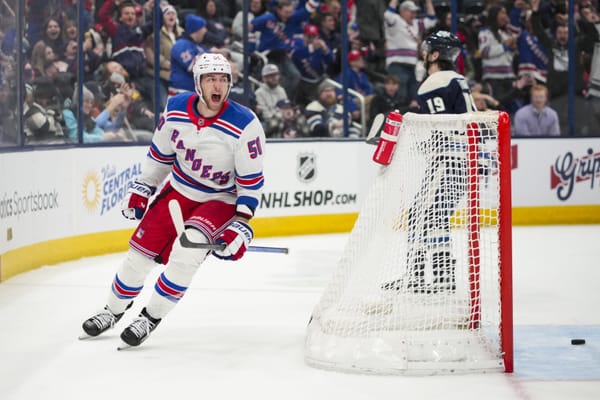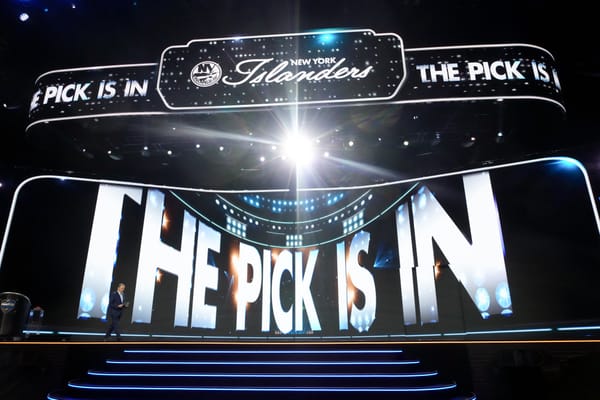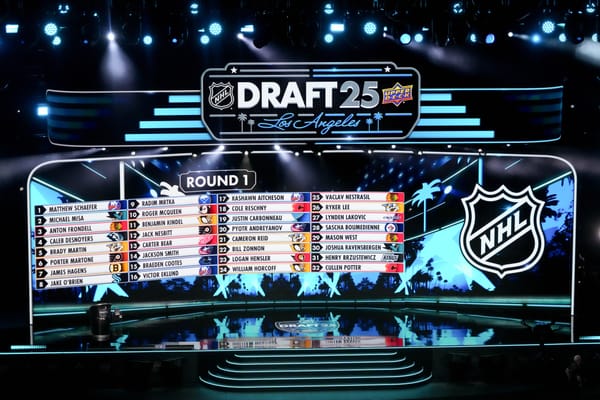Comparing the Rangers Power Play Part 2
Just a little while ago, we looked at how the Rangers were entering the zone on the power play this year and compared it to how they did last season during the playoffs. Now in part 2, I’ll be taking a look at what the Rangers have been doing once in the zone and how they’ve been performing while comparing it to last season.
Recap
For those that didn’t read the first part, jast year during the playoffs, I tracked teams’ breakout formations and setups on the power play, writing about the Rangers specifically just a few months ago. Throughout the season this year I’ve been doing something similar and thought I’d post an update about the differences between the Rangers power play from this year and from last year (or at least from last year during the postseason).
In Zone Stats
| In Zone Stats | InForm% | Time to Get into Form | Time to 1st SA | Time in Zone | SA | SC | Shots |
|---|---|---|---|---|---|---|---|
| NYR 2016-17 | N/A* | 6.3 s | 8.8 s | 11.4 s | 0.628 | 0.209 | 0.349 |
| NYR 2017-18 | 62.50% | 8.8 s | 11.5 s | 15.4 s | 0.857 | 0.308 | 0.423 |
Even though we saw that the Rangers were having a slightly more difficult time entering the zone this year when compared to the previous season, they’ve done better once in the zone. Even thought they’ve spent more time getting into formation and working to get a shot attempt, all their shot metrics have improved, as their shot attempts, scoring chances, and shots on goal are up. They’ve managed to keep an InForm% of around 62.5%, meaning that on average the Rangers are able to get set up into their power play formation when they attempt to 62% of the time. While I do have the data for last season, I neglected to include their InForm% from last season because I’ve changed the methodology a bit for calculating it, so comparing the two percentages wouldn’t exactly be comparing apples-to-apples.
But anyway, the Rangers have also averaged more time in the opposing team’s offensive zone this season. While last year the Rangers only averaged 11.4 seconds in the offensive zone last year, this season they’ve been able to stay in the zone on average for over 15 seconds per successful entry.
Zone Plays
| Zone Plays | Point Shot | Half Boards Shot | Inside Play | Low-Release Play | Non-Rush Attempt | Rush Attempt |
|---|---|---|---|---|---|---|
| NYR 2017-18 | 37.90% | 41.70% | 9.20% | 1.10% | 92.40% | 7.60% |
Something new I added to my project this season was marking which play was used immediately before the team’s first attempted shot, which I’ll be referring to the as the zone plays. And while I can’t compare this year’s data to last year’s (because I didn’t track it), it’s still interesting to look at to see how the Rangers (and other teams) go about generating their shots on the power play. Here are diagrams of the four play structures I used (for a 1-3-1 power play): Point Shot, Half Boards Shot, Inside Play, and Low-Release Play.
Half Boards Shot
Most of the time the Rangers either opt to take a shot from the half boards or from the point, with Shattenkirk doing most of the shooting from up top. The main goals of the point shot are either to score (obviously) or try to get a deflection, but this year Shattenkirk has done a great job of getting the shots through and scoring on them.
His first goal of the year was simply just a point shot, sniping it past Andersen from the blue line.
The rest of the time the Rangers are usually either trying to work it down low or to the middle, choosing to try to go through the middle with the Inside Play over nine times as often as the Low-Release Play. These plays generate more scoring chances than point shots or half board shots but are harder to execute, failing more often than the other two plays. However, I would like to see the Rangers work the puck down low a little more often, as there has been a lot of work done on the benefits of playing with the puck down low and behind the net.
And finally, I wanted to touch on the Rangers’ attempts at getting a shot off on the rush. While they don’t do it often (only less than 8% of their entries have led to odd-man rushes), they have been particularly effective. Despite almost always generating a shot attempt, they have lead to a lot of scoring chances for the Rangers and a decent amount of goals. Kreider specifically is dangerous on the rush as his blistering speed as opened up many opportunities.
I’m not specifically advocating for more rush attempts by the Rangers (because it’s more of an if-its-available-use-it type of play) but thought it was interesting to point out how effective Kreider’s been on the rush.




